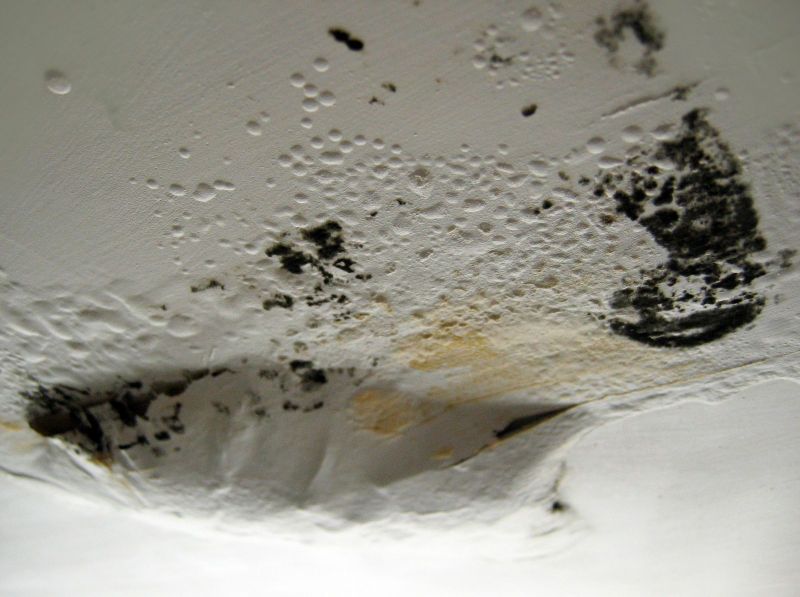Mold is not just an unsightly nuisance; it can also pose significant health risks and compromise the structural integrity of your home. Prevention is the key to maintaining a healthy and mold-free environment. In this blog post, we'll explore essential tips and tricks to help you thwart the growth of mold and create a living space that promotes both well-being and structural longevity.
- Control Indoor Humidity:
Mold thrives in damp and humid conditions. To prevent mold growth, maintain indoor humidity levels between 30% and 50%. Use dehumidifiers in areas prone to moisture, such as basements and bathrooms, to keep humidity in check.
- Proper Ventilation:
Ensure proper ventilation throughout your home. Use exhaust fans in bathrooms and kitchens to expel moist air outside. Make sure your home is well-ventilated to promote airflow, preventing the stagnation of air that can lead to mold-friendly conditions.
- Fix Leaks Promptly:
Address water leaks promptly to prevent moisture accumulation. Regularly inspect your home for leaks in the roof, plumbing, and windows. Swift repairs prevent water damage and the ideal conditions for mold growth.
- Use Mold-Resistant Products:
Consider using mold-resistant products in areas prone to dampness, such as bathrooms and basements. Mold-resistant drywall, paint, and insulation can provide an added layer of protection against mold growth.
- Regular Cleaning:
Regular cleaning helps prevent mold by removing spores and minimizing the presence of mold-friendly environments. Pay attention to areas like bathrooms, kitchens, and basements where moisture tends to accumulate. Clean and disinfect surfaces regularly.
- Keep Indoor Plants Mindfully:
While indoor plants can enhance air quality, they also contribute to moisture. Be mindful of the moisture levels in the soil and avoid overwatering. Place a layer of gravel on top of the soil to discourage mold growth.
- Direct Water Away from the Foundation:
Ensure that water is directed away from your home's foundation. Proper grading, gutter maintenance, and the installation of downspout extensions can prevent water from pooling near the foundation, reducing the risk of moisture seepage.
- Monitor Indoor Humidity During Wet Seasons:
During wet seasons or periods of heavy rainfall, be particularly vigilant about indoor humidity levels. Use dehumidifiers if needed, and ensure that ventilation systems are working efficiently to prevent excess moisture buildup.
- Insulate and Ventilate Attics:
Attics are prone to moisture buildup, making them susceptible to mold growth. Ensure proper attic ventilation to prevent condensation, and install sufficient insulation to maintain consistent temperatures and reduce humidity.
- Clean and Maintain Gutters:
Clogged gutters can lead to water overflow, causing moisture to seep into the walls and foundation of your home. Regularly clean and maintain gutters to prevent water accumulation and reduce the risk of mold.
- Monitor HVAC Systems:
Heating, ventilation, and air conditioning (HVAC) systems can spread mold spores if not properly maintained. Regularly clean and replace filters, and schedule professional HVAC inspections to ensure the system is mold-free.
- Seal and Insulate Windows:
Well-sealed and insulated windows prevent condensation, reducing the likelihood of mold growth. Ensure that windows are properly sealed to prevent moisture infiltration.
- Address Floods and Water Damage Immediately:
In the event of floods or water damage, act swiftly. Remove standing water, thoroughly dry affected areas, and consider professional restoration services to prevent mold growth.
- Regular Roof Maintenance:
A well-maintained roof is crucial in preventing water leaks. Regularly inspect your roof for damaged shingles or other issues, and address any problems promptly to prevent water infiltration.
- Use Mold-Preventing Additives:
Consider using mold-preventing additives in paint and cleaning products. These additives can provide an extra layer of protection against mold growth on surfaces.
Preventing mold is a proactive and ongoing process that involves diligence and regular maintenance. By following these tips and tricks, you can create a mold-free environment that promotes both the health of your occupants and the longevity of your home's structure.
Remember, the key to mold prevention is addressing moisture promptly and consistently. Implementing these strategies as part of your routine maintenance can significantly reduce the risk of mold growth and contribute to a healthy and comfortable living space. Mold prevention is not just about protecting your home; it's about creating an environment where you and your loved ones can thrive.

